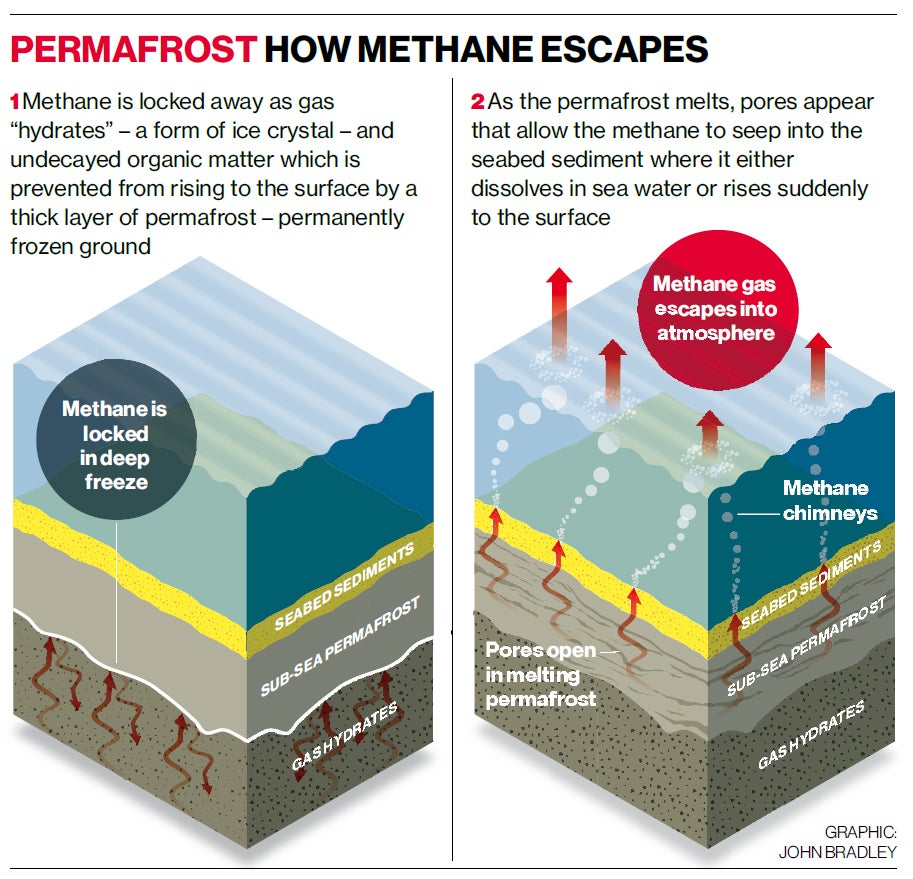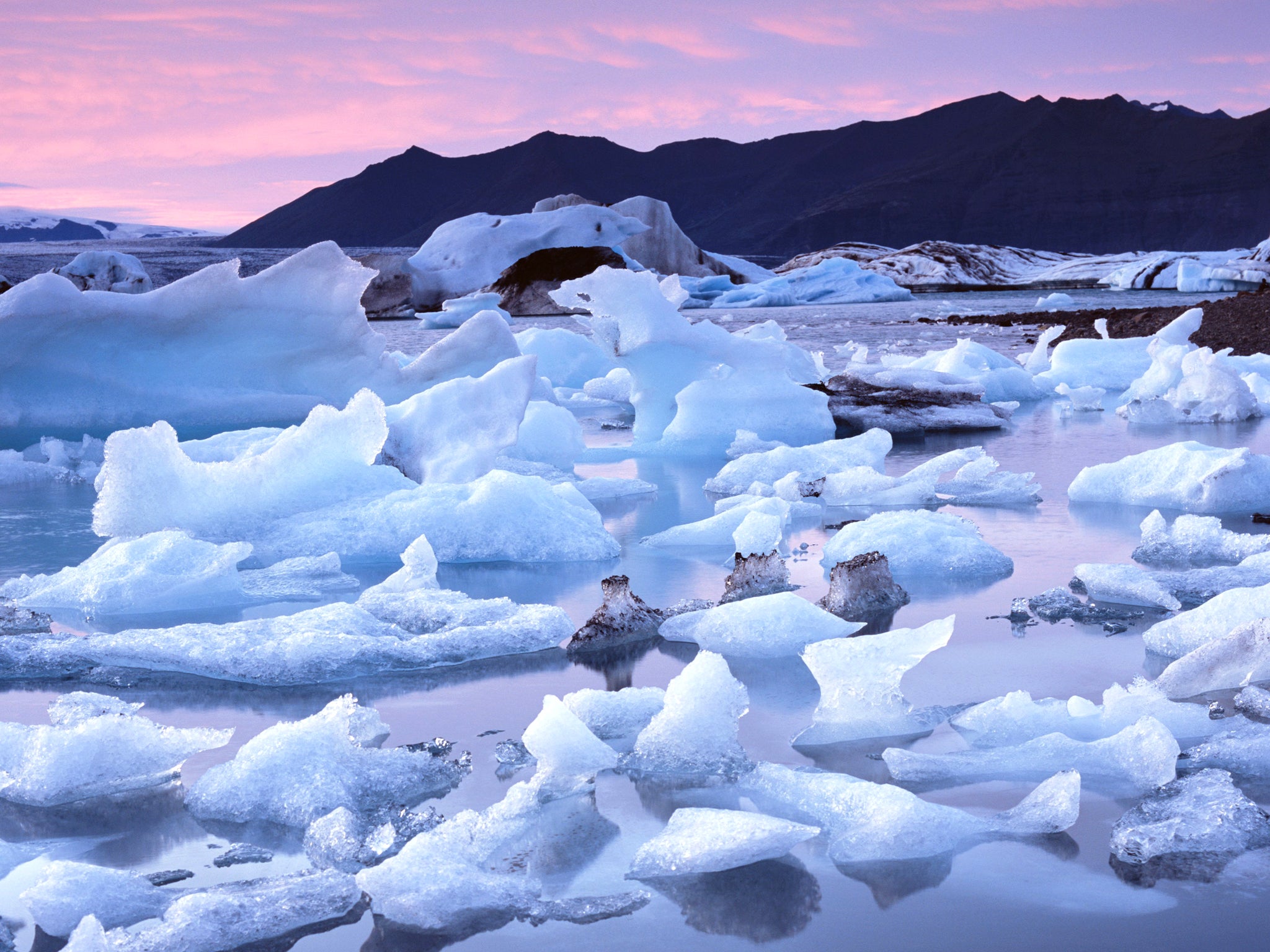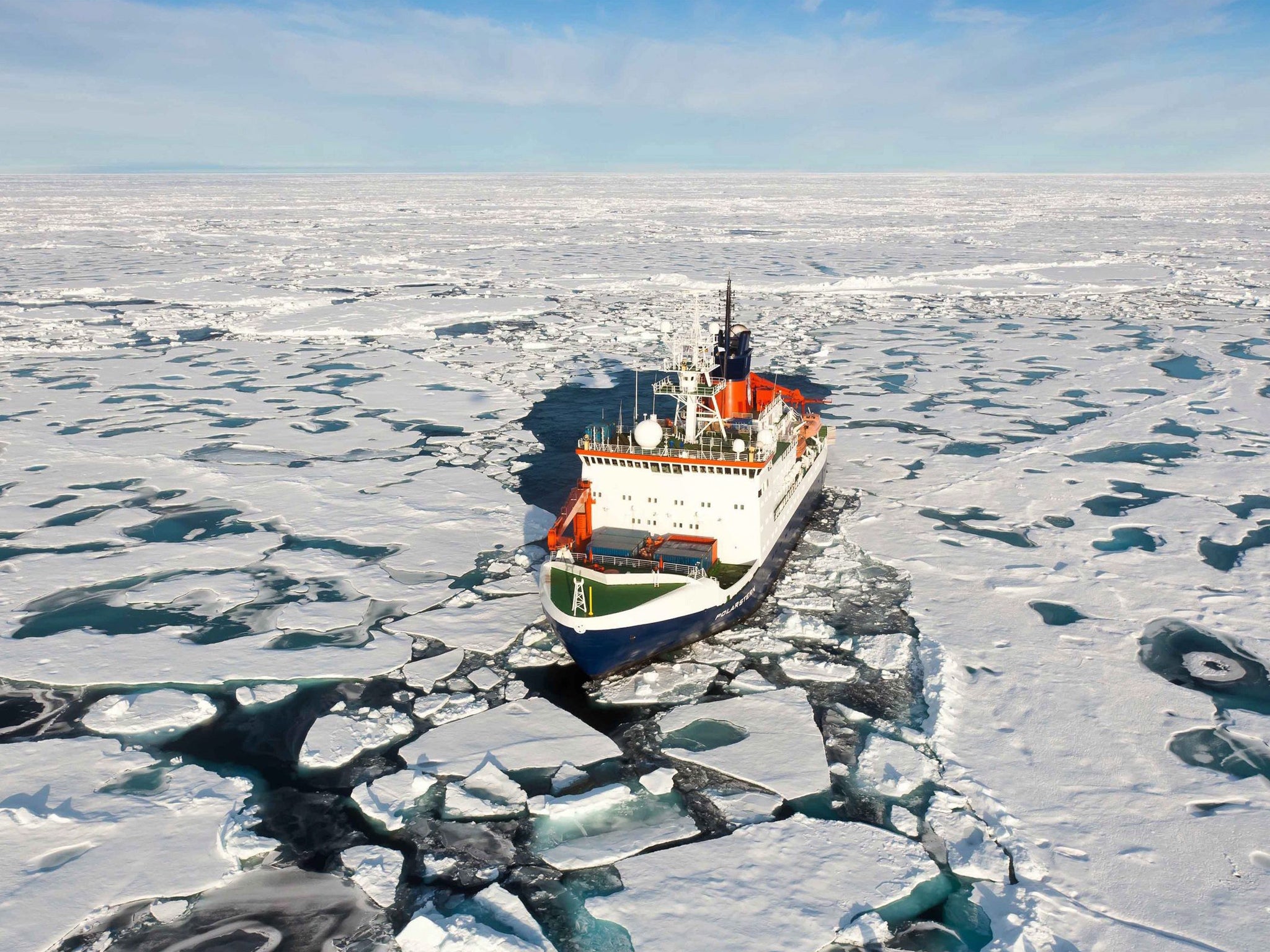Methane meltdown: The Arctic timebomb that could cost us $60trn
Release of gas trapped for thousands of years beneath frozen permafrost of Arctic is one of the most dangerous 'feedback' consequences of rapid warming

The sudden release from the melting Arctic of vast quantities of methane – a greenhouse gas at least 20 times more potent than carbon dioxide –is an “economic time-bomb” that could explode at a cost of $60 trillion (£40tr) to the global economy, a study has concluded.
Click image above to enlarge graphic
A scientific assessment of the costs associated with the release of Arctic methane into the atmosphere has found that the financial consequences to the world would almost equal the entire global economic output of one year.
Scientists and economists said that the release of methane trapped for thousands of years beneath the frozen permafrost of the Arctic is one of the most dangerous “feedback” consequences of the rapid warming of the region, which has seen sea ice diminish by more than a third since the 1970s.
Using the same computer models employed by the 2006 Stern Review on the Economics of Climate Change, the researchers found that the effects on the global climate of a relatively sudden release of methane over a period of a decade or so could be catastrophic in terms of drought effects on crops, rising sea levels, coastal flooding and extreme weather.
“What we have got is an incredibly compelling set of data that the price tag of just this one feedback effect in present-value terms is $60tn. This is an economic time-bomb that at this stage has not been recognised on the global stage,” said Professor Gail Whiteman of Erasmus University in Rotterdam.
“Global leaders and the World Economic Forum and International Monetary Fund need to pay much more attention to this invisible time-bomb. The mean impacts of just this one effect – $60tn – approaches the $70tn value of the world economy in 2012,” said Professor Whiteman, the lead author of the study published in the journal Nature.
The study used an economic model of the effects of climate change to evaluate the costs of the extra greenhouse-gas emissions on sea level, temperature, flood risk, health and extreme weather. The researchers ran the model 10,000 times and came to the average cost of $60tn, mostly borne over this century but also into the next.
Estimates of how much methane could be released from the Arctic were based on joint Russian-American expeditions to the East Siberian Sea where scientists have measured vast plumes of methane bubbling to the sea surface from underground deposits stored beneath the permafrost of the seabed, which extends under the sea because the continental shelf here is relatively shallow.
Russian scientists have calculated that there may be as much as 50 billion tonnes of methane locked away beneath the permafrost of the East Siberian Sea. Methane is about 23 times more potent than carbon dioxide over a 100 year period and its sudden release could change the global climate significantly faster than current predictions, the scientists say.
For instance, a massive pulse of methane could bring forward by between 15 and 35 years the date when global average temperature exceed the “safe” limit of 2C above pre-industrial levels. This limit would be reached by 2035 if nothing is done to curb greenhouse gases or 2040 if emissions are lowered, the study found.
“We calculate that the costs of a melting Arctic will be huge, because the region is pivotal to the functioning of Earth systems such as oceans and the climate,” the researchers say.
“Much if the costs will be borne by developing countries, which will face extreme weather, poorer health and lower agricultural production as Arctic warming affects climate. All nations will be affected, not just those in the far north, and all should be concerned about changes occurring in this region,” they say.
The Independent revealed in 2008 that millions of tons of methane are being emitted each summer in the East Siberian Sea where the sea ice has receded. As the sea ice retreats, the sea beneath it begins to warm and the seabed permafrost melts, said Professor Peter Wadhams, an Arctic ice specialist at Cambridge University who was part of the study.

“We are looking at a big effect, possibly a catastrophic effect on global climate that has been a consequence of this extremely fast sea-ice retreat we’ve seen in recent years,” Professor Wadhams said.
“We have an area of the world that used to be covered with sea ice all year round and which is now in the summer months becoming ice free. As long as sea ice was around in the summer the ocean underneath was kept down to a temperature of 0C or less because of the ice above it. But as soon as the ice is removed it exposes the ocean to intense radiation and the water warms up,” Professor Wadhams said.
“The water above the continental shelf of the Arctic has been warming up to several degrees during the summer months and because the water here is very shallow, especially over the East Siberian Sea, the melt has led to a warming of the seabed as well,” he said
“Huge plumes of methane gas have been detected by a series of experiments every summer. These methane plumes are increasing the methane in the atmosphere…We’ve seen methane increases in the atmosphere, the overall methane curve has started to rise and the place where this increase is happening most is in the Arctic,” Professor Wadhams said.
Methane meltdown
The causes...

Sea ice Satellites have recorded a dramatic decline in the extent of the floating sea ice in the Arctic, where the loss has accelerated rapidly in recent years. Submarine measurements suggest that the average thickness of sea ice has fallen by a half. A rapid break up of sea ice in the summer months could occur within the next decade. (Picture credit: EPA )

Permafrost The permanently frozen tundra of the Arctic is melting rapidly. During summer months, vast areas of the Siberian permafrost become open pools of bog and water. As permafrost melts, methane is released from deeper layers, especially from the sub-seabed permafrost of the East Siberian Sea. (Picture credit: Rex)

Greenland ice sheet The ice sheet covering Greenland is two miles thick in places and it will take many centuries before it disappears. But last year Nasa recorded temporary summer melting over about 97 per cent of the ice sheet’s surface; and melting ice is less reflective, leading to more heat absorption and more melting. (Picture credit: AP)
...and the consequences
Extreme weather
Superstorm Sandy, the recent floods in Germany and the extreme heat-waves in France in 2003 and in Moscow in 2010 are all examples of the sort of weather extremes that are predicted to increase in frequency in a warmer world. The economic and health costs of extreme weather are incalculable. Costs from superstorm Sandy are estimated to be in the range of $25bn (£16.7bn), second only to the estimated costs of Hurricane Katrina, the most expensive storm damage in recent history. (Picture credit: Getty)
Sea levels
The rate of average sea-level rise has increased in recent years, mostly as a result of thermal expansion caused by warmer oceans but also because of melting mountain glaciers and polar ice sheets. About 10 million people a year are currently affected by coastal flooding, and that figure is likely to triple even without further rises in sea level as more people migrate to coastal megacities, such as Dhaka in Bangladesh. Sea-level rise is one the most important economic issues of the modern era given that in Europe alone some 70 million people live near the coastline, where assets are worth between £500bn and £1,000bn. (Picture credit: Getty)
Desertification
Many areas of the developing world, especially those in sub-Saharan Africa such as the semi-arid Sahel, are already under extreme water stress, making crop cultivation extremely precarious. In a warmer world, scientists expect these dry areas to become drier, making farming impossible and causing the mass migration of people who cannot grow their own food or raise their own livestock. (Picture credit: Getty)
Join our commenting forum
Join thought-provoking conversations, follow other Independent readers and see their replies
Comments
Bookmark popover
Removed from bookmarks